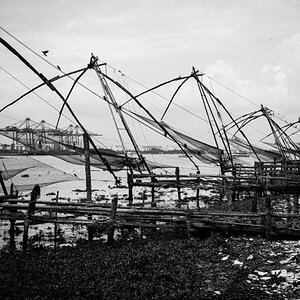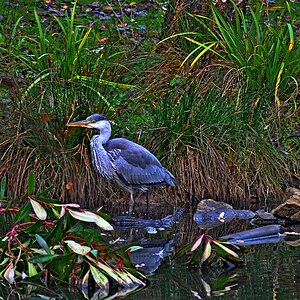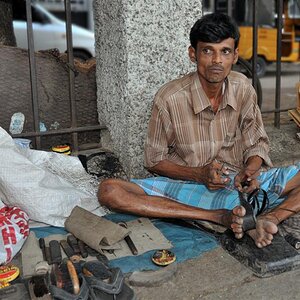Grandpa Ron
Been spending a lot of time on here!
- Joined
- Aug 9, 2018
- Messages
- 1,156
- Reaction score
- 703
- Can others edit my Photos
- Photos OK to edit
Years ago I use to develop black and white film. Develop, stop, fix and wash. It was pretty easy in a little developing tank. But, I never tried color film.
Now it seems you can get a roll scanned to a CD fairly cheap.
I was curious how hard it is to develop Color film
Now it seems you can get a roll scanned to a CD fairly cheap.
I was curious how hard it is to develop Color film




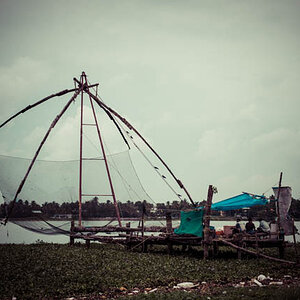
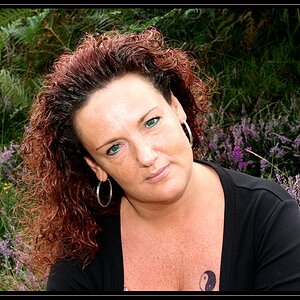
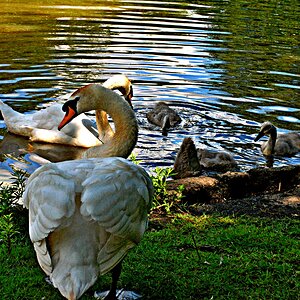
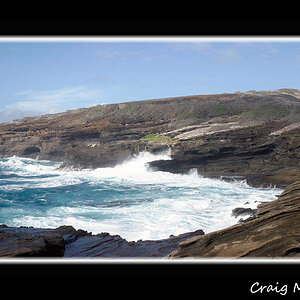
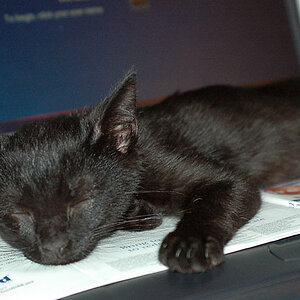
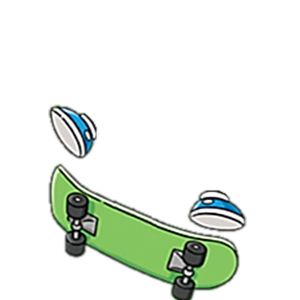
![[No title]](/data/xfmg/thumbnail/37/37608-63b0d340b0972479217b548a4026df96.jpg?1619738149)
